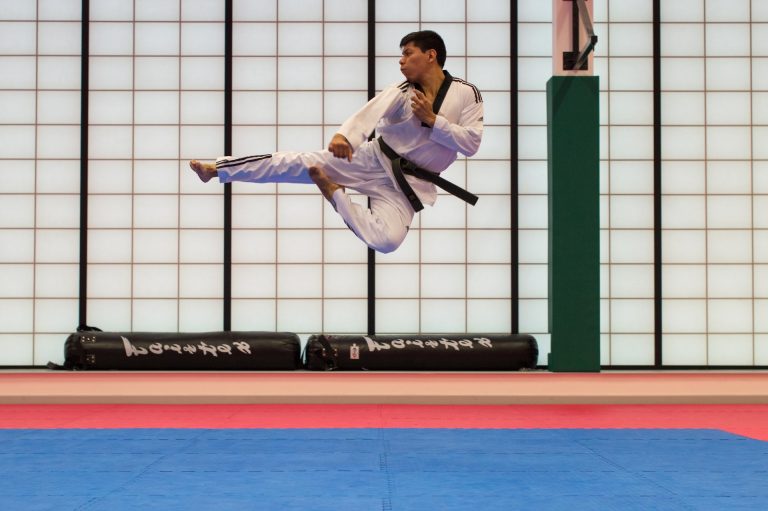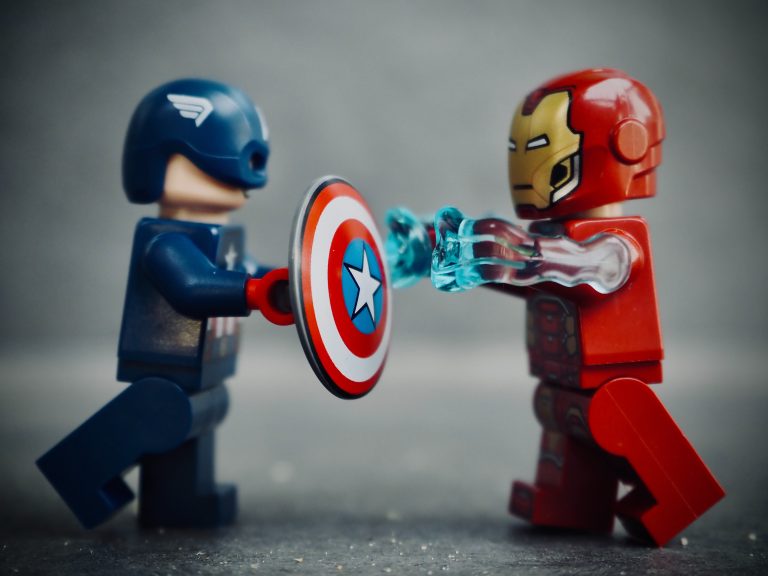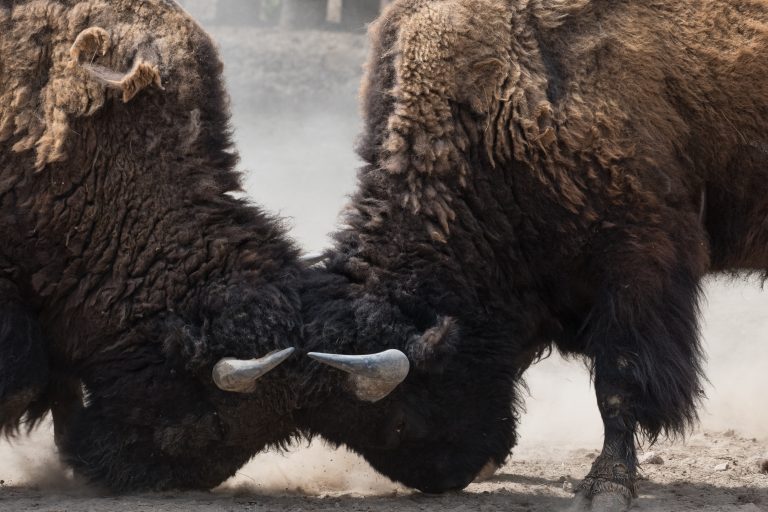Capoeira: The Brazilian Dance Battle Sport
Have you ever heard of Capoeira? This unique mix of martial arts, dance, and music originated in Brazil and has been gaining popularity around the world. In this blog post, we will explore the history and cultural significance of Capoeira, as well as the physical and mental benefits of practicing this exciting sport.
The History of Capoeira
Capoeira is believed to have originated in Brazil during the 16th century when African slaves were brought to the region by Portuguese colonizers. The slaves were forbidden from practicing martial arts, so they disguised their fight training within dance movements. Over time, this practice became a way for slaves to train their bodies and minds, as well as a form of cultural expression.
In the late 19th century, Capoeira became widely recognized as a martial art and was practiced primarily by poor Brazilians. In the 1930s, Brazil’s government banned Capoeira due to its association with crime and violence. However, in the 1950s, a group of Capoeira masters began to revitalize the sport and incorporate it into Brazilian culture officially.
Cultural Significance of Capoeira
Capoeira is not only a physical practice but also has cultural and social significance in Brazil. It is considered a symbol of resistance and freedom, representing Brazil’s history of overcoming oppression and racism. Capoeira has also become a way to promote social inclusion and break down class barriers.
In addition, Capoeira music and dance play an essential role in the practice. Instruments such as the berimbau, pandeiro, and atabaque are used to create the rhythms of Capoeira music. These rhythms dictate the tempo of the game, and they also inspire players with their energy and vibrations. Capoeira dance movements are fluid and graceful, with a focus on acrobatic feats, agility, and flexibility.
The Physical and Mental Benefits of Capoeira
Capoeira is an excellent form of exercise that can improve cardiovascular health, strength, and flexibility. The practice combines aerobic and anaerobic activity, which means it can improve muscle tone while also burning calories. The acrobatic movements involved in Capoeira also promote balance, coordination, and agility.
In addition to its physical benefits, Capoeira also has mental health benefits. The practice encourages self-discipline, focus, and mindfulness. Capoeira players must be aware of their bodies and movements, which can increase body awareness and improve concentration. Moreover, Capoeira promotes socialization and team-building, providing a sense of community and belonging.
Conclusion
Capoeira is a fascinating and culturally rich sport that combines martial arts, dance, and music. Its history and cultural significance make it a symbol of resistance and freedom in Brazil, while its physical and mental benefits make it an excellent form of exercise. Whether you are interested in the sport’s cultural aspects or want to improve your fitness and mental health, Capoeira is worth exploring.
Capoeira: The Brazilian Dance Battle Sport – FAQ
Capoeira is a Brazilian martial art that combines dance, acrobatics, and music. It was developed in Brazil by African slaves during the colonial period, and it has since become a popular sport both in Brazil and around the world. Here are some of the most frequently asked questions about Capoeira.
1. What is Capoeira?
Capoeira is a martial art that combines dance, acrobatics, and music. It was developed by African slaves in Brazil during the colonial period as a way to defend themselves against their oppressors. Today, Capoeira is practiced as a competitive sport, a form of exercise and a cultural expression.
2. How is Capoeira practiced?
Capoeira is practiced in a roda, which is a circle of people who clap, sing and play musical instruments while two opponents engage in a dance-like battle. The goal of the game is to pass or take down the opponent without being hit. Capoeira can also be practiced with just one opponent, in which case it’s called ‚Capoeira Angola‘.
3. What are some benefits of Capoeira?
Capoeira is an excellent form of exercise that improves strength, flexibility, agility, balance, and coordination. It also helps to improve cardiovascular health and builds endurance. Capoeira can boost self-confidence and provides the opportunity to learn about Brazilian history and culture.
4. What is the significance of the music in Capoeira?
Music is an essential part of Capoeira. It provides the rhythm for the game, and it also reflects the history, culture, and resistance of the Afro-Brazilian people. The music is played by a group of musicians, who use instruments such as the berimbau, pandeiro, and atabaque.
5. Is Capoeira only for men?
No, Capoeira is not only for men. Women have been practicing Capoeira for centuries and have made significant contributions to the art form. There are many famous female Capoeiristas, such as Mestre Martinha and Mestre Paulinha.
6. What should I wear to practice Capoeira?
It’s best to wear comfortable clothing that allows for ease of movement, such as leggings or shorts and a fitted shirt. Some people prefer to wear traditional Capoeira pants called ‚abadas.‘ It’s also important to wear flat, flexible shoes, or train barefoot.
7. Can anyone learn Capoeira?
Yes, anyone can learn Capoeira, regardless of age, gender, or fitness level. Capoeira can be modified to suit individual abilities, and there are classes available to teach both beginners and advanced practitioners.
8. What are some of the differences between Capoeira Angola and Capoeira Regional?
Capoeira Angola and Capoeira Regional are two styles of Capoeira. Capoeira Angola is more traditional and focuses on movements that are low to the ground and emphasize balance, deception, and strategy. Capoeira Regional is more modern, with a faster pace, and more flashy acrobatics.
9. Can Capoeira be dangerous?
As with any martial art, there is a risk of injury when practicing Capoeira. However, injuries are relatively rare, and most practitioners take precautions to ensure everyone’s safety. It’s essential to practice Capoeira with a qualified instructor who emphasizes safety, and it’s important to listen to your body to avoid overexertion.
10. Is Capoeira competitive?
Yes, Capoeira can be competitive. Brazilian Capoeira is organized into federations, and there are regular competitions held around the world. Capoeira competitions are judged based on technical skill, creativity, and musicality.
Conclusion
Capoeira is a fascinating combination of martial art, dance, and music that is steeped in Brazilian history and culture. It’s an excellent form of exercise that offers both physical and mental benefits, and it can be enjoyed by people of all ages and abilities. Whether you’re interested in learning about Brazilian culture or looking for a new form of exercise, Capoeira is definitely worth exploring.
Inhaltsverzeichnis





